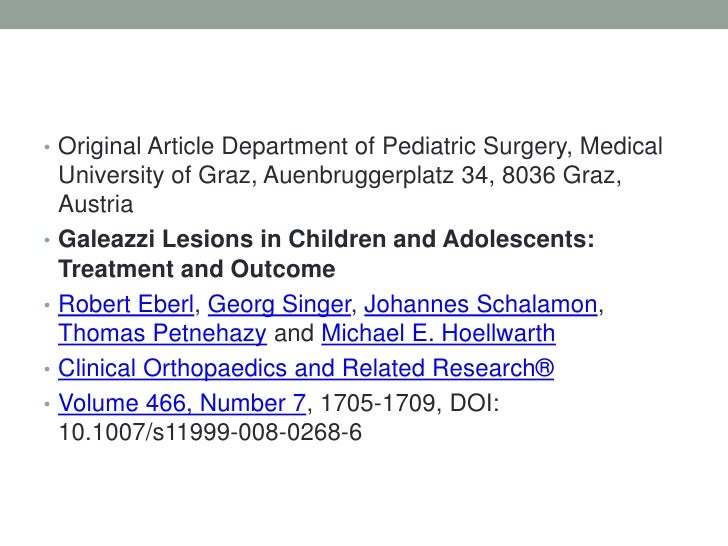
The cookie is set by the GDPR Cookie Consent plugin and is used to store whether or not user has consented to the use of cookies. The cookie is used to store the user consent for the cookies in the category "Performance". This cookie is set by GDPR Cookie Consent plugin. The cookie is used to store the user consent for the cookies in the category "Other. The cookies is used to store the user consent for the cookies in the category "Necessary". The cookie is set by GDPR cookie consent to record the user consent for the cookies in the category "Functional". The cookie is used to store the user consent for the cookies in the category "Analytics".

These cookies ensure basic functionalities and security features of the website, anonymously. Necessary cookies are absolutely essential for the website to function properly. Infection – the rate of infection is very high following open fracture, due to direct contamination, reduced vascularity, systemic compromise (such as following major trauma) and need for insertion of metalwork for fracture stabilisation.Neurovascular injury – nerves and vessels may be compressed due to limb deformity, go in to arteriospasm, develop and intimal dissection or be transected altogether.Soft tissues – this can also range from very little tissue devitalisation to significant muscle/tendon/ligament loss requiring reconstructive surgery.
#Ao classification of galeazzi fracture skin#
Skin – this can range from a very small wound to significant tissue loss, whereby coverage will not be achieved without the aid of plastics surgery (i.e.The outcomes of an open fracture can be considered in the following way: Whilst any fracture can become open, the most common fractures are tibial, phalangeal, forearm, ankle, and metacarpal. ballistic injury or a direct blow) penetrates the skin, traumatising the subtending soft tissues and bone. This is most often through the skin – however, pelvic fractures may be internally open, having penetrated in to the vagina or rectum.įracture may become open by either an “in-to-out” injury, whereby the sharp bone ends penetrate the skin from beneath, or an “out-to-in” injury, whereby a high energy injury (e.g. PathophysiologyĪ fracture is ‘ open’ when there is a direct communication between the fracture site and the external environment. In this article, we look at the classification, investigations and management of open fractures. Left untreated, open fractures are associated with high rates of morbidity and mortality. Whilst most of these injuries can be safely managed on next day emergency lists, there are instances where emergency out-of-hours treatment is required. Misdiagnosis or inadequate management of Galeazzi fracture may result in disabling complications, such as DRUJ instability, malunion, limited forearm range of motion, chronic wrist pain, and osteoarthritis.Open fractures are a common presentation to A&E, and require urgent assessment and management by the orthopaedic team. The current knowledge on pathobiomechanics and modified therapeutic decisions implicate the need to devise an updated classification and treatment regimen of Galeazzi fractures. Further intraoperative interventions are based on the reducibility and postreduction stability of the DRUJ. Abstract While diaphyseal fractures of the forearm are a common orthopedic injury, Galeazzi fractures are difficult to treat. Anatomic reduction and rigid fixation should be followed by intraoperative assessment of the DRUJ.

Open reduction and internal fixation is the preferred surgical option. In adults, nonsurgical treatment typically fails because of deforming forces acting on the distal radius and DRUJ.

Nonsurgical management with anatomic reduction and immobilization in a long-arm cast has been successful in children. Underdiagnosis is common because disruption of the ligamentous restraints of the DRUJ may be overlooked. Diagnosis is established on radiographic evaluation. Typically, the mechanism of injury is forceful axial loading and torsion of the forearm. Galeazzi fracture is a fracture of the radial diaphysis with disruption at the distal radioulnar joint (DRUJ).


 0 kommentar(er)
0 kommentar(er)
